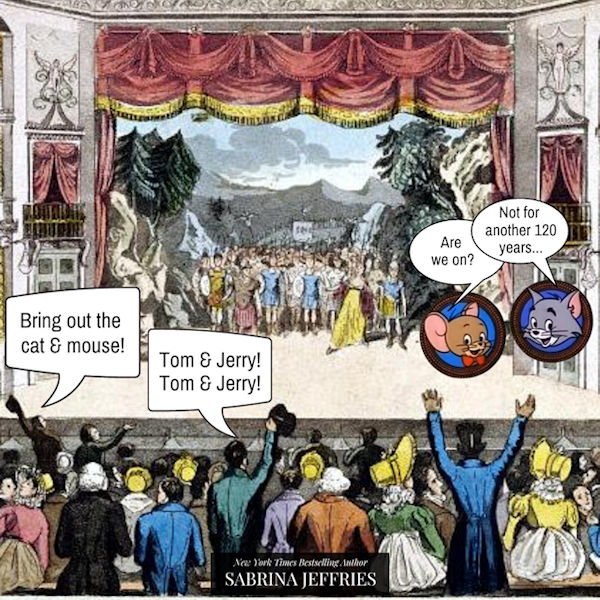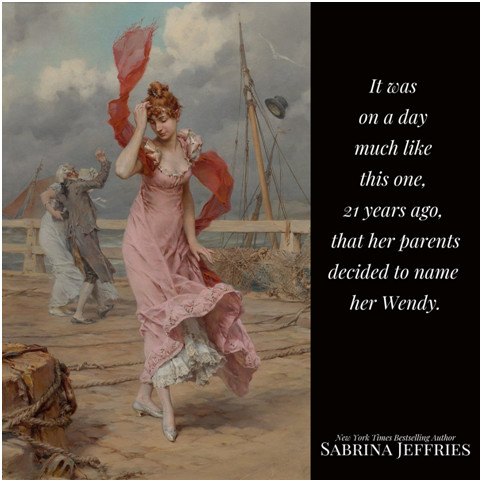Tom & Jerry

It’s not much of a spoiler to tell you that Thorn is secretly a playwright. But the plays he’s writing are loosely based on a novel by a man named Pierce Egan. Egan’s Life in London or, the Day and Night Scenes of Jerry Hawthorn, esq., and his elegant friend, Corinthian Tom, accompanied by Bob Logic, the Oxonian, in their rambles and sprees through the Metropolis spawned not only a theatrical adaptation (Tom and Jerry, or Life in London by William Thomas Moncrieffe), but had all of polite London society using the lowbrow slang of its characters. The Tom and Jerry cocktail created by Egan to publicize his work is still drunk by people who probably don’t even know where it originated. And the book was the inspiration for the Tom and Jerry cartoons more than a century later. How’s that for author longevity?



